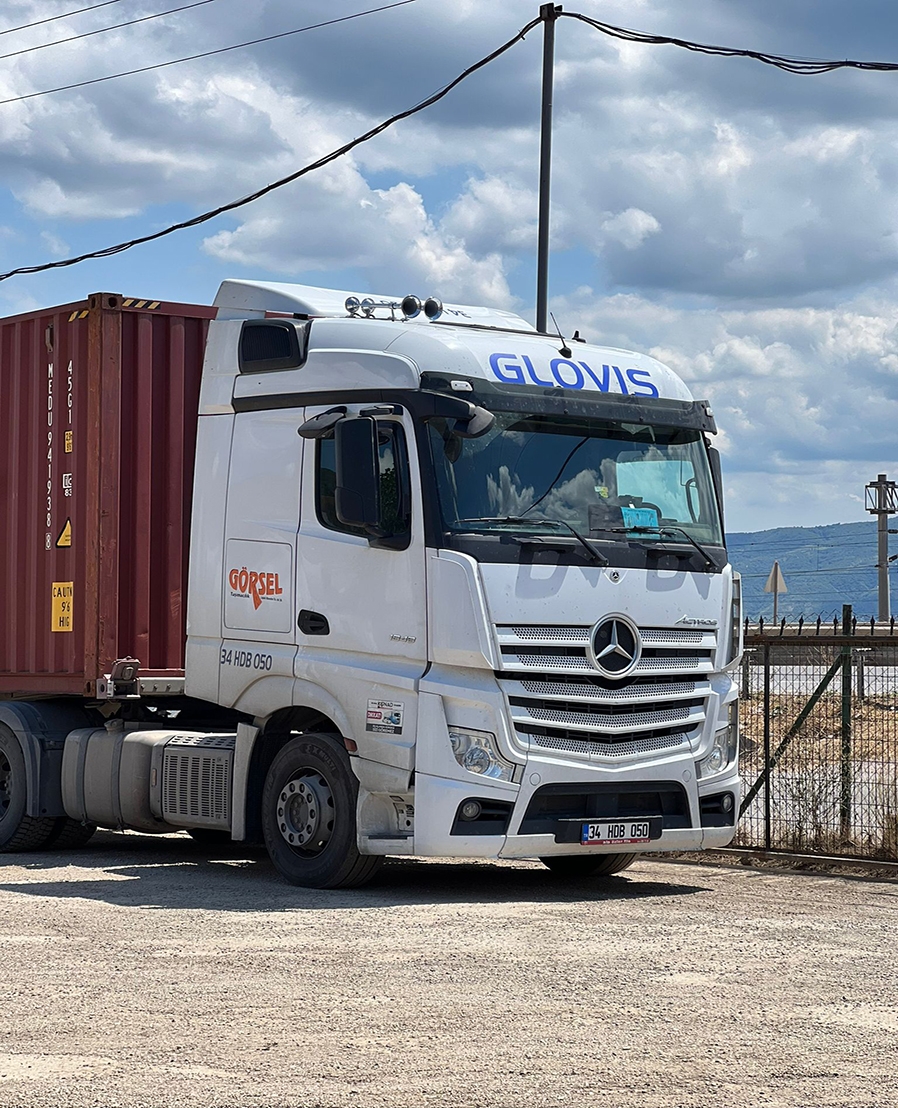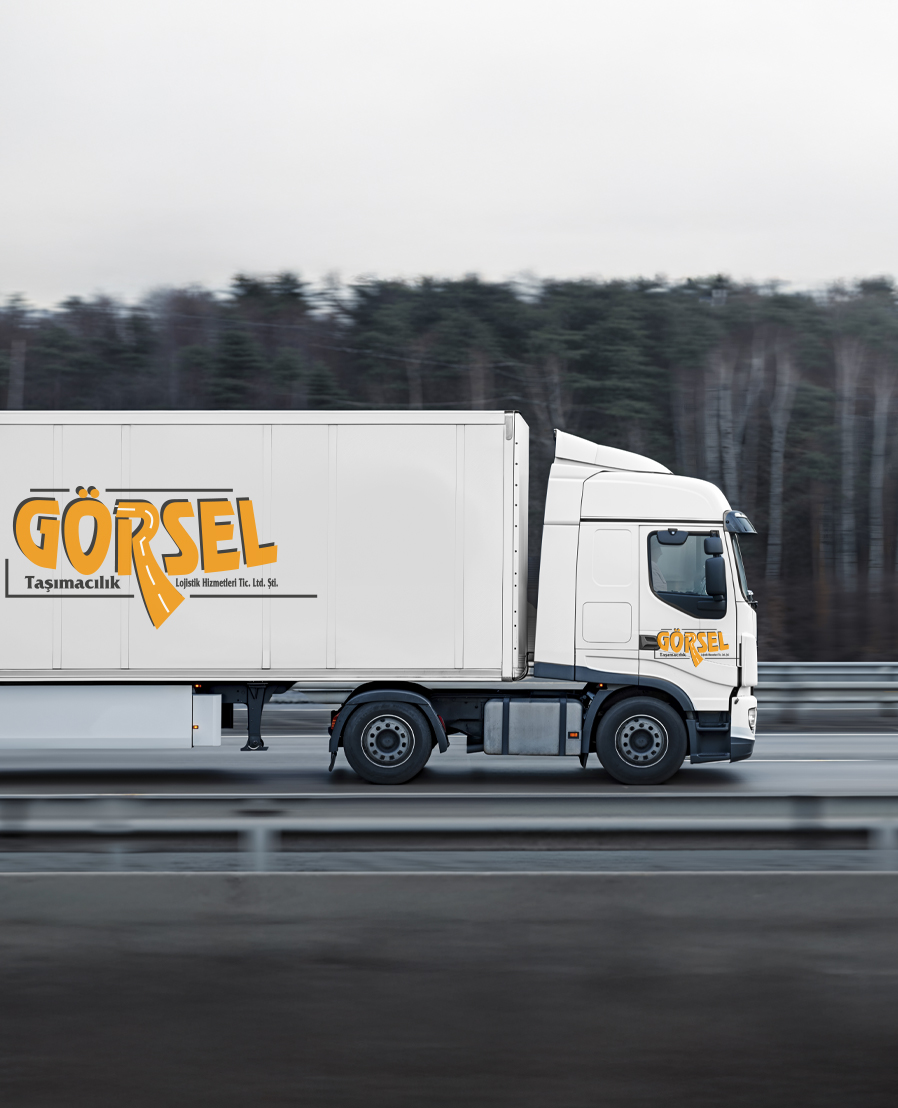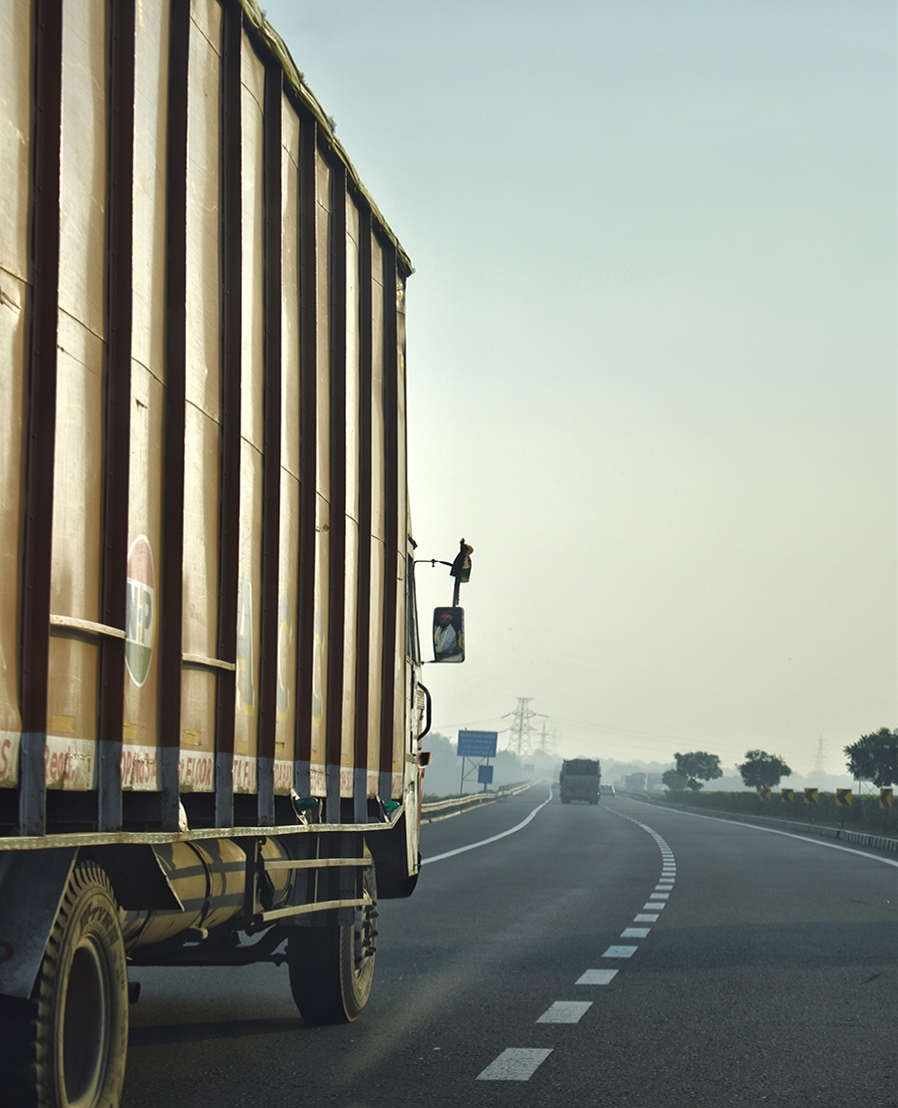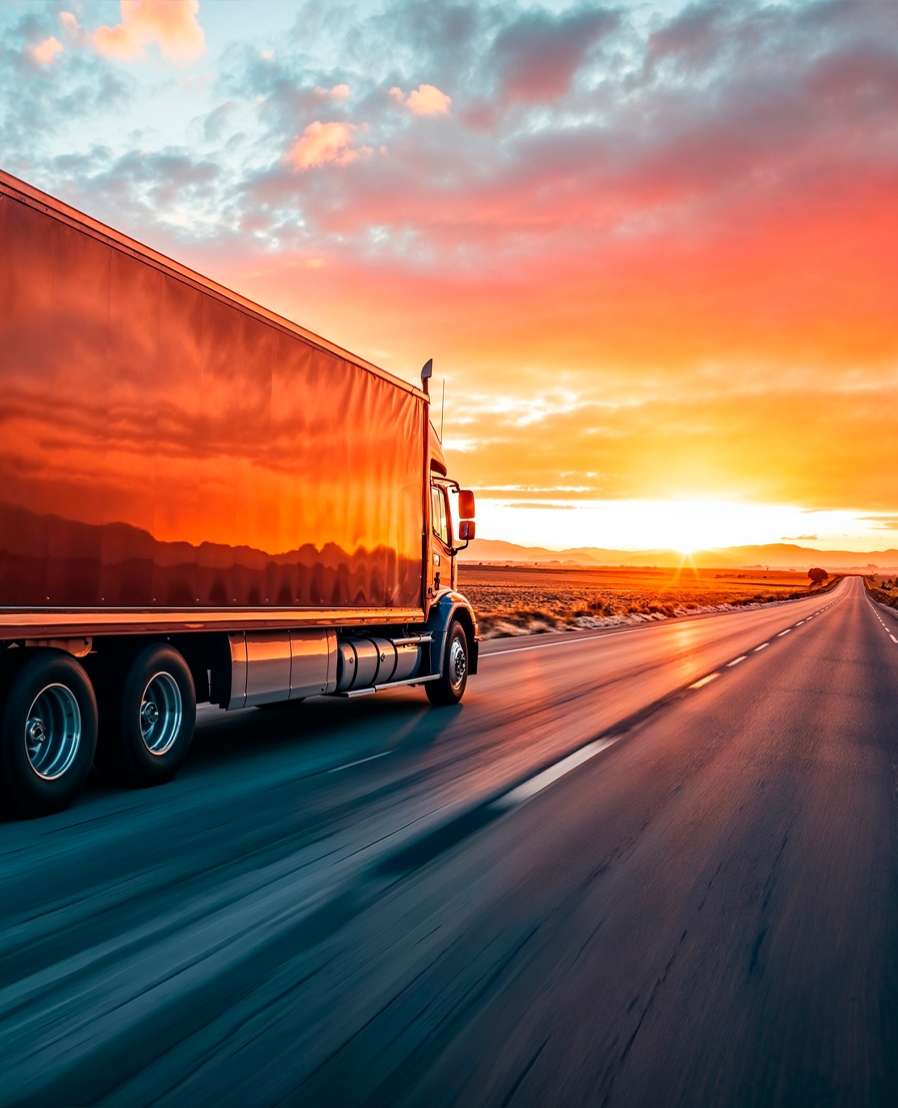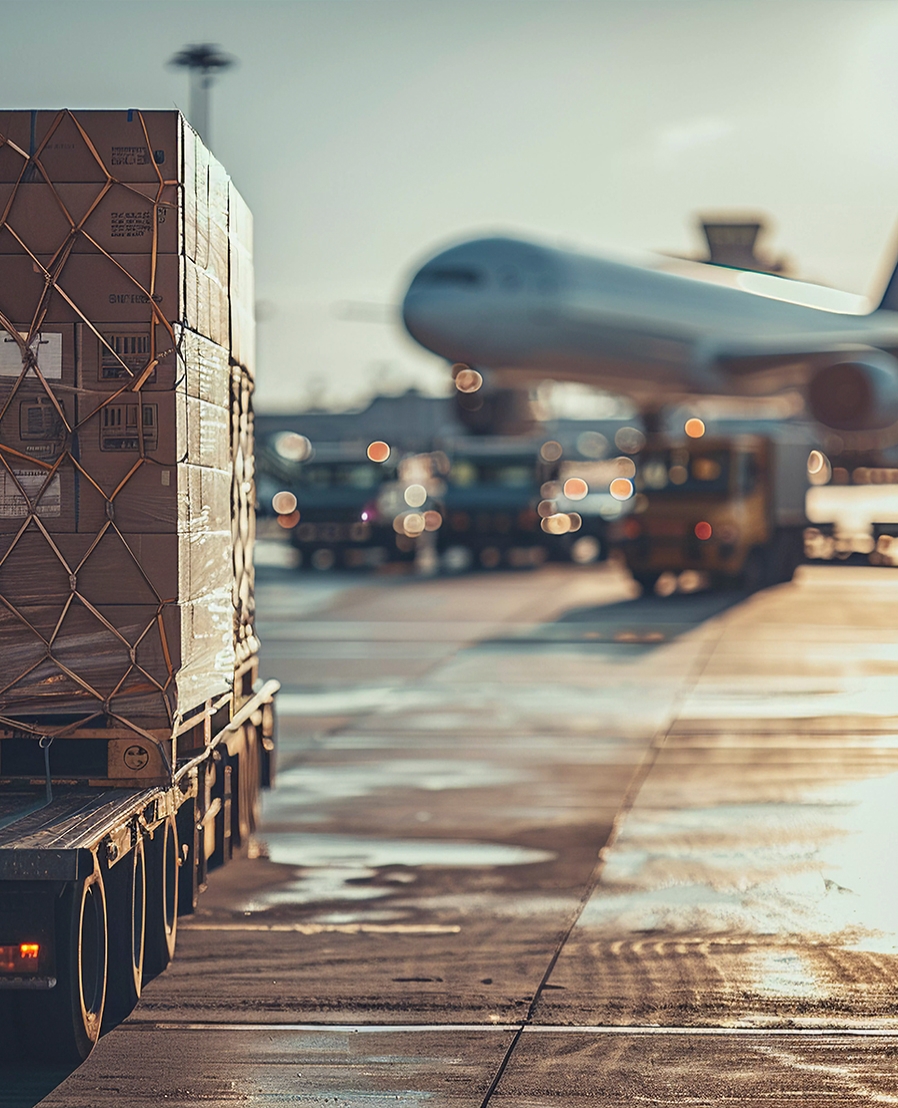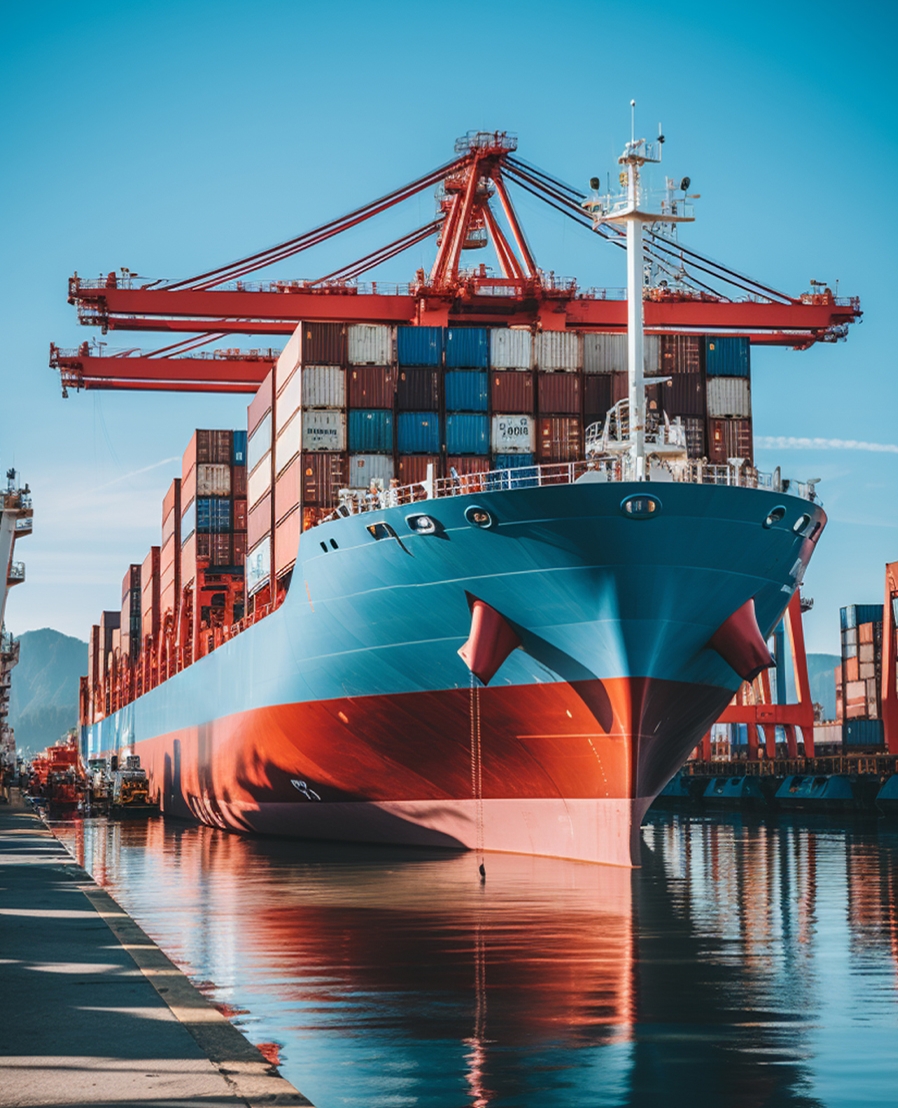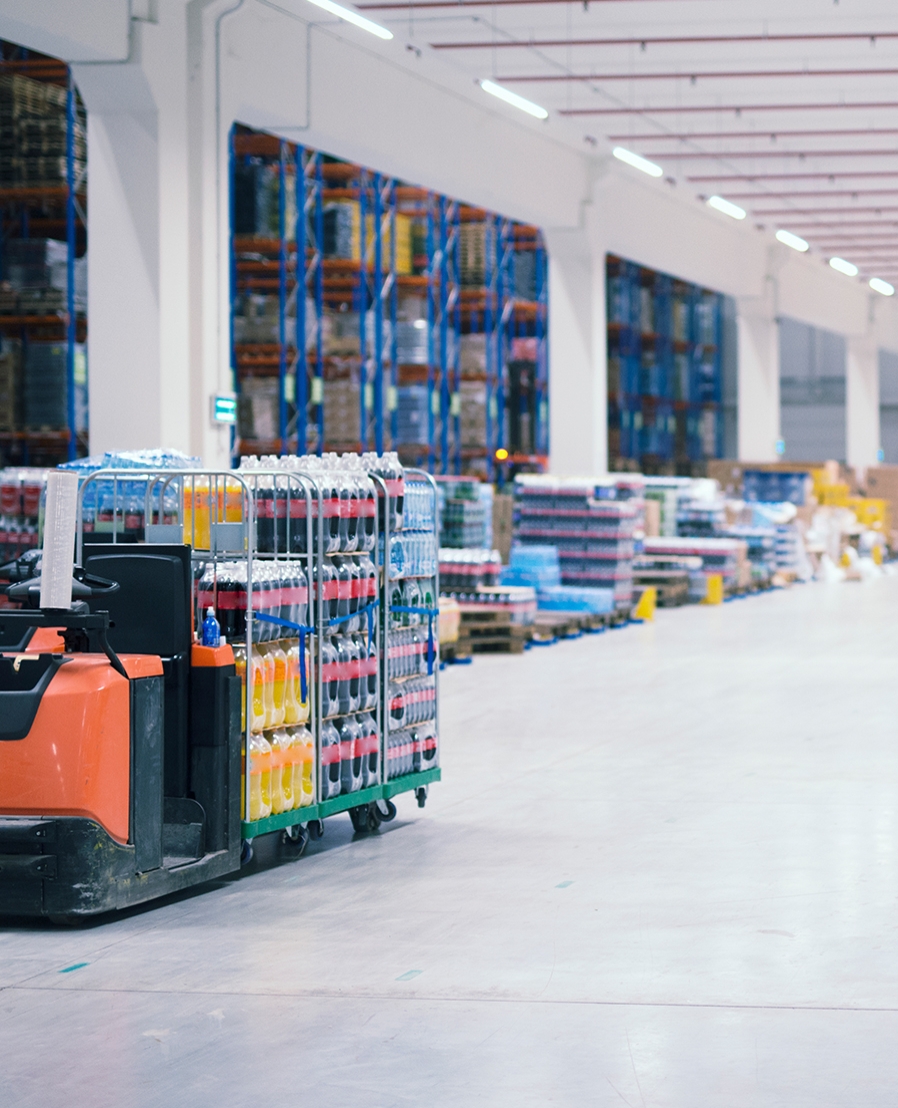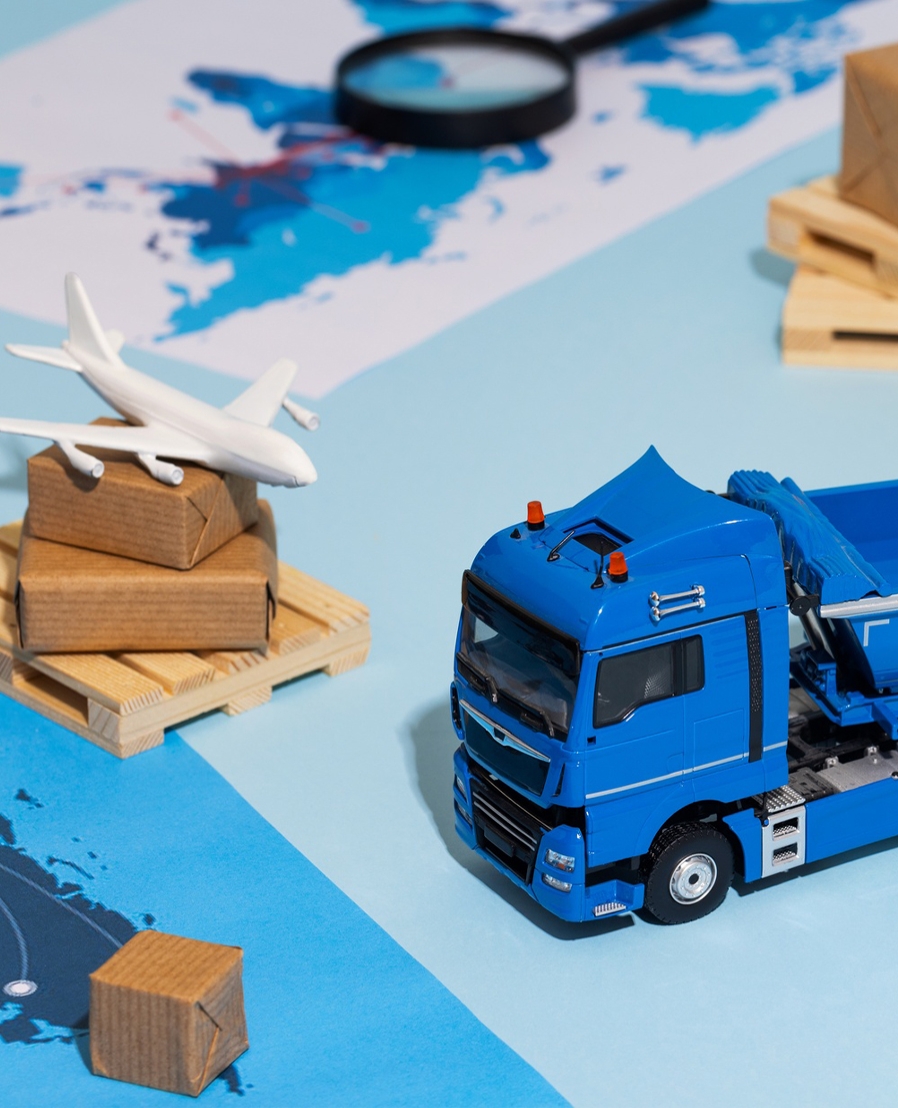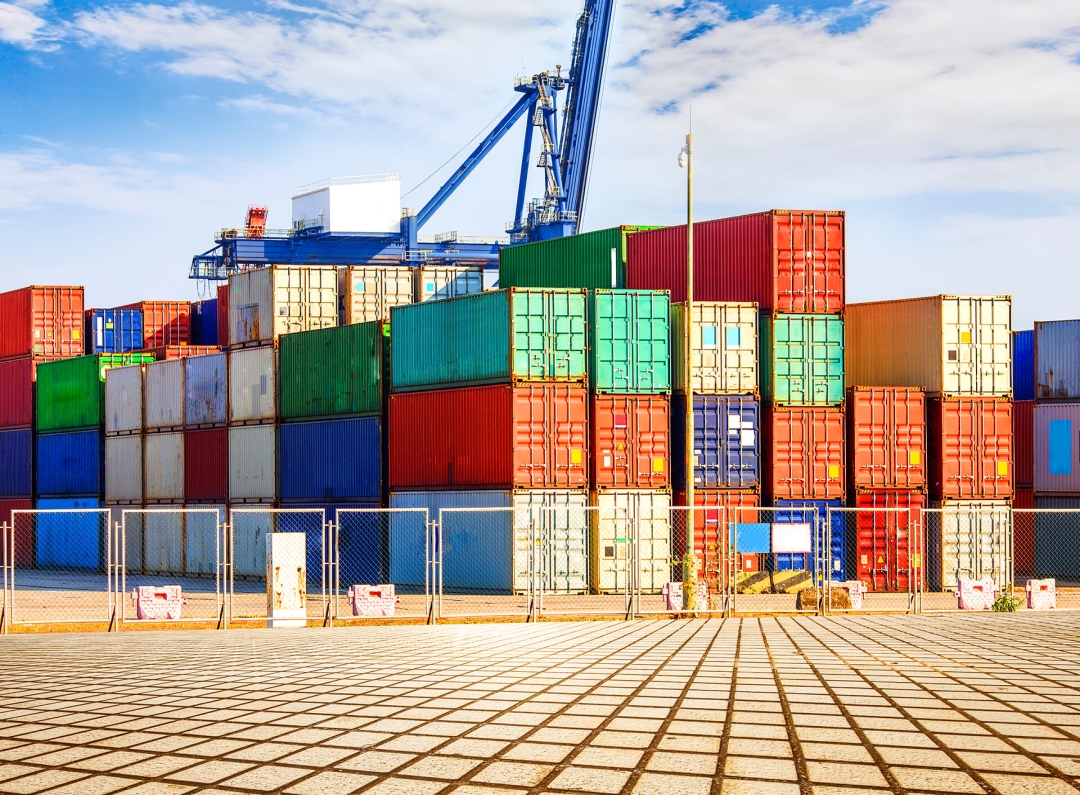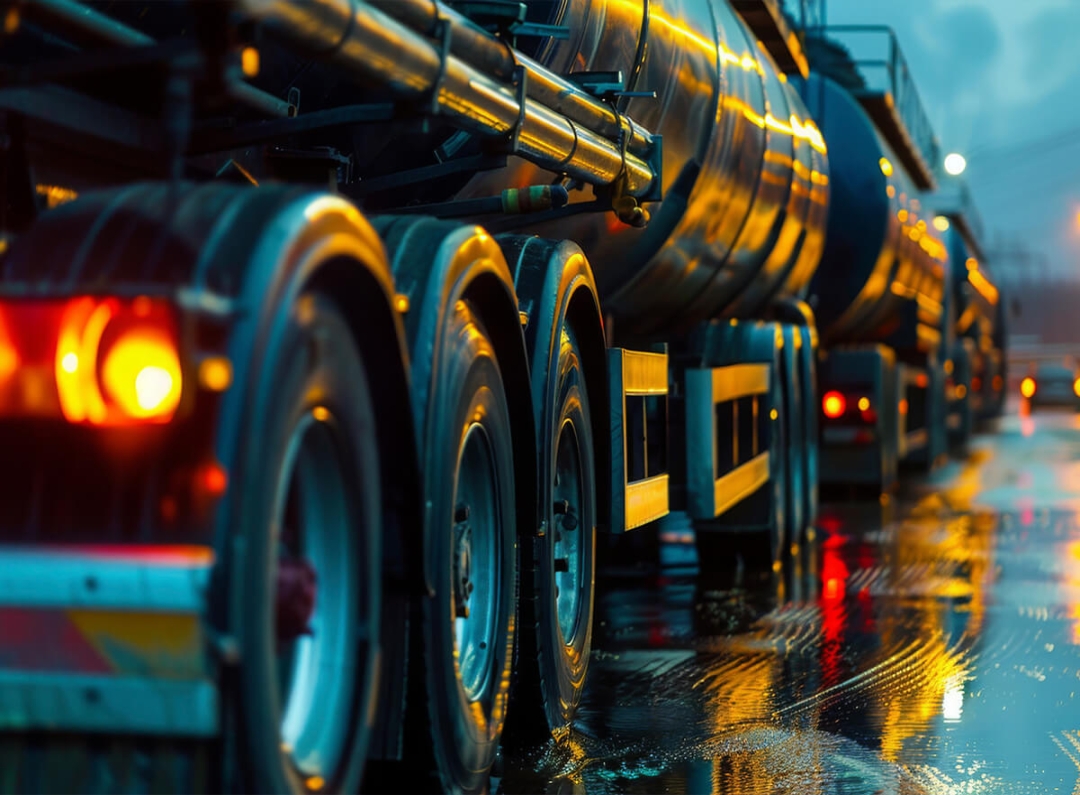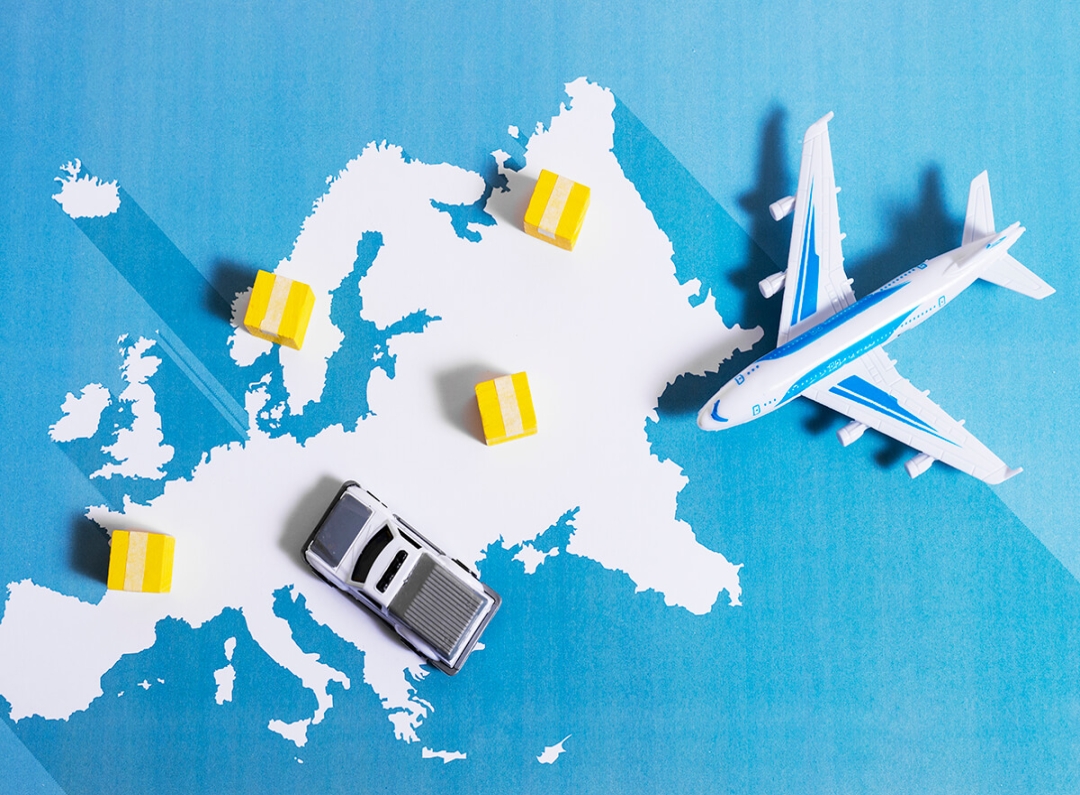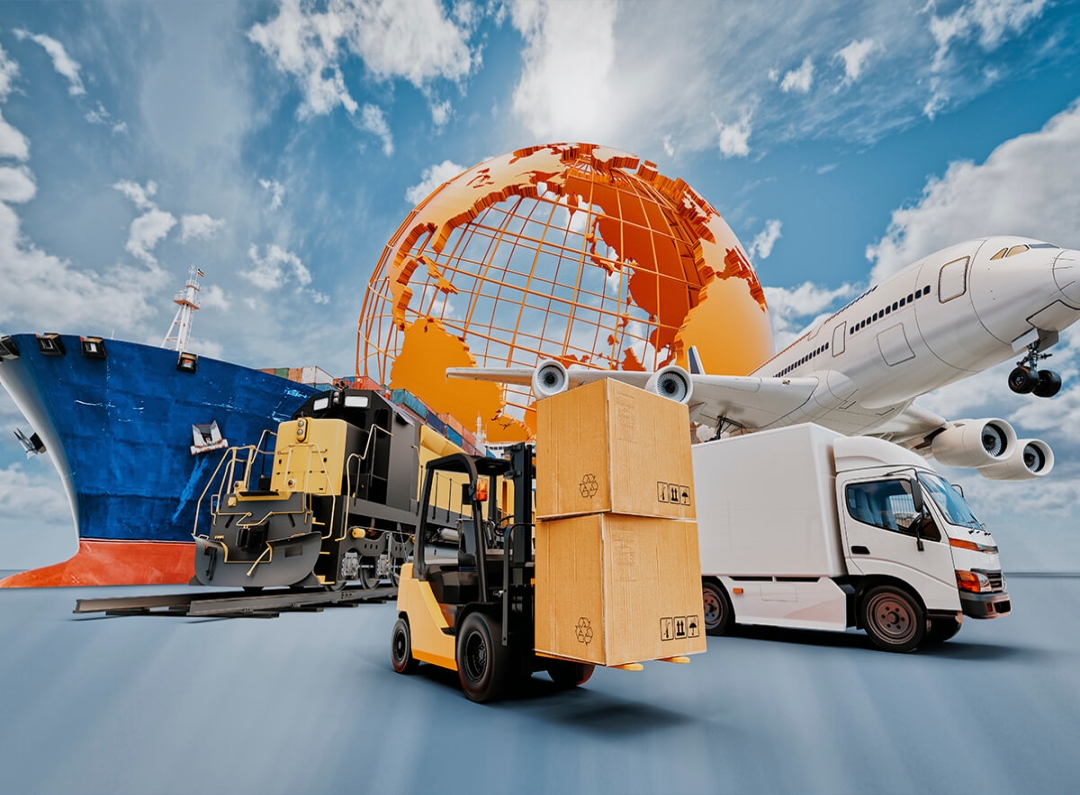Hazardous Material Transportation: Ways to Minimize Risks
Table of Contents
- Introduction
- 1. Compliance with International Regulations
- 2. Use of Specialized Equipment
- 3. Personnel Training
- 4. Proper Packaging and Labeling
- 5. Insurance and Assurance
- 6. The Role of Technology
- Conclusion
Introduction
Hazardous material transportation is one of the most complex and high-risk areas in the logistics sector. Transporting sensitive goods such as chemicals, flammable substances, and toxic materials requires utmost attention to safety, compliance, and precision. This article explores the methods to minimize risks in hazardous material transportation and the solutions provided by Görsel Logistics.
1. Compliance with International Regulations
Compliance with international regulations is the first step in reducing risks in hazardous material transportation. Standards such as ADR (Road Transportation), IMDG (Sea Freight), and IATA (Air Freight) provide clear rules on how hazardous goods should be transported, labeled, and stored.
Görsel Logistics ensures full compliance with international regulations to deliver reliable services.
2. Use of Specialized Equipment
Specialized equipment is essential for the safe transportation of hazardous materials. For example, leak-proof tanks for flammable liquids and pressure-resistant containers for toxic gases are used to ensure safe transport.
Our company provides all necessary specialized equipment for hazardous material transportation.
3. Personnel Training
Training personnel involved in hazardous material transportation is a critical component of risk management. Staff must understand the properties of the materials being transported, safety procedures, and emergency response measures.
Görsel Logistics regularly trains its personnel to build an expert team for hazardous material transportation.
4. Proper Packaging and Labeling
Proper packaging and labeling are essential to the safe transportation of hazardous materials. Appropriate packaging materials should be used to prevent damage or risks. Additionally, labeling procedures must clearly indicate the hazard classification of the materials.
Our company provides packaging and labeling solutions that adhere to international standards for hazardous material transportation.
5. Insurance and Assurance
Another way to minimize risks in hazardous material transportation is to secure the cargo with suitable insurance policies. Insurance provides financial protection in the event of accidents or damages.
Görsel Logistics offers high-coverage insurance policies for all transportation processes.
6. The Role of Technology
Advanced technologies enhance safety in hazardous material transportation. Vehicle tracking systems, sensors, and digital monitoring solutions allow real-time tracking of your cargo's status.
Our company uses technology-driven solutions to ensure maximum safety in hazardous material transportation.
Conclusion
Hazardous material transportation becomes safe when high risks are properly managed. At Görsel Logistics, we successfully handle these processes with compliance with international regulations, an expert team, and advanced technologies. Contact us for more information and to benefit from our services.









